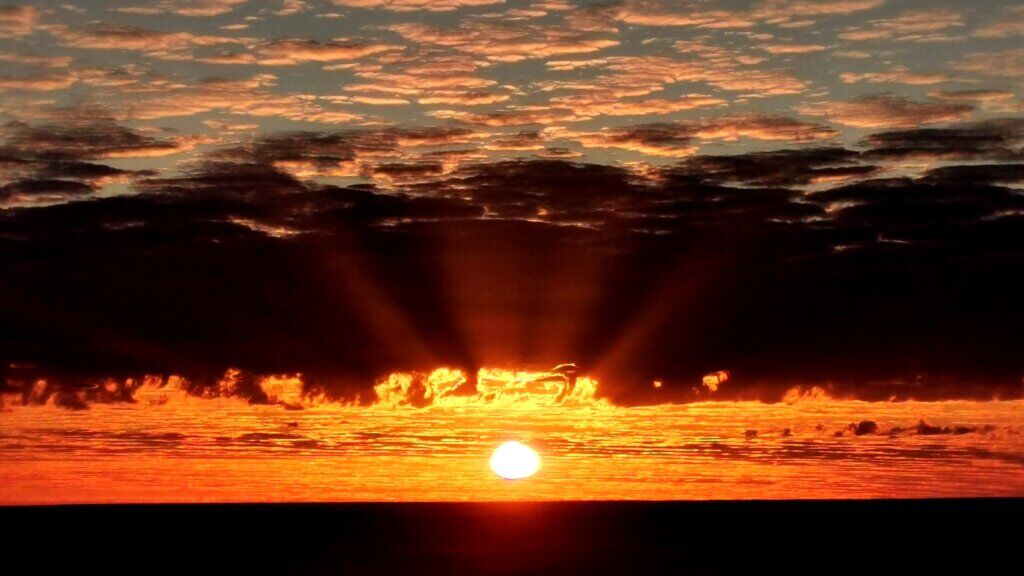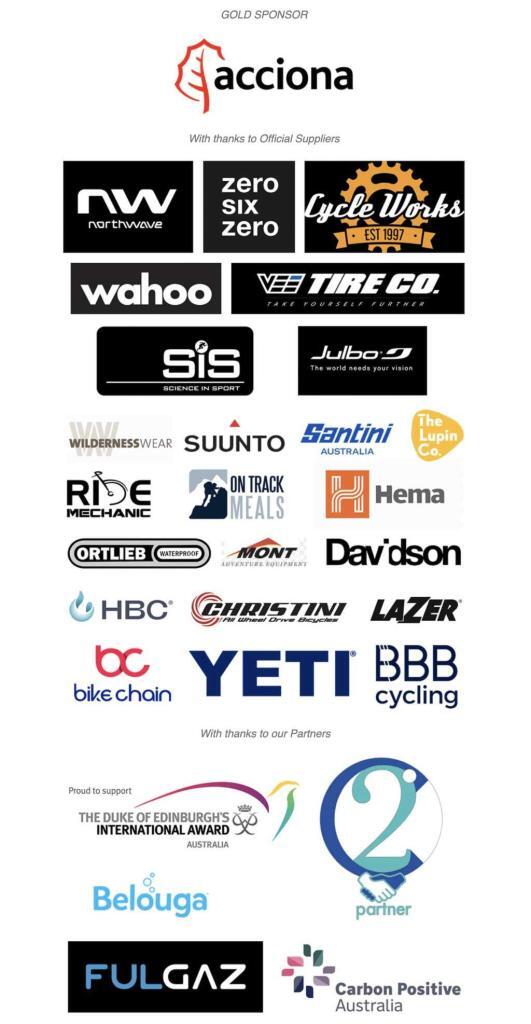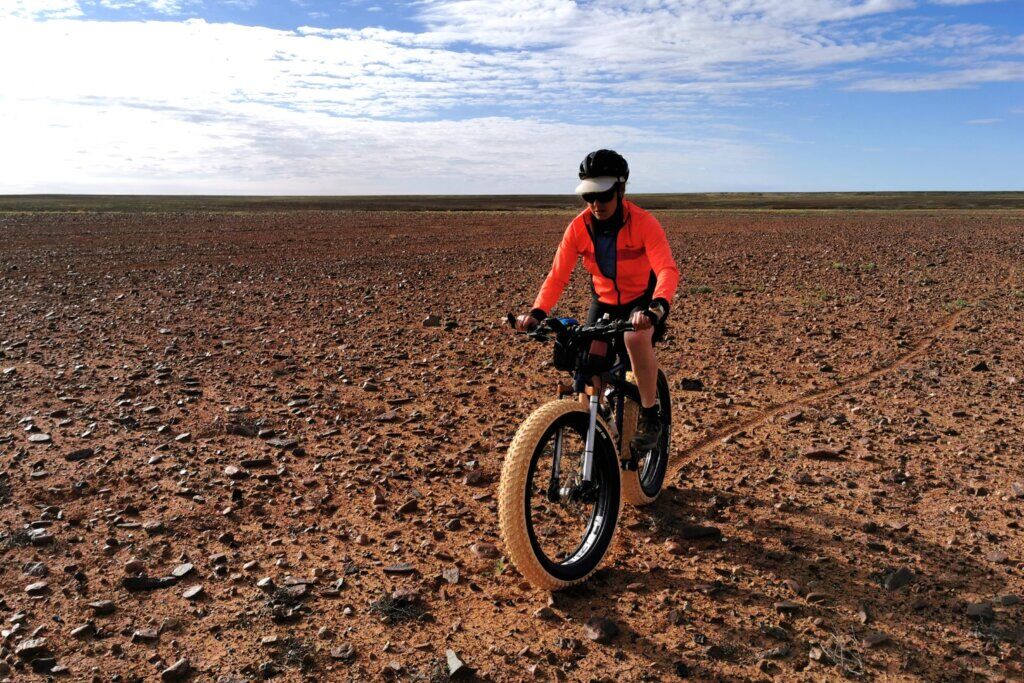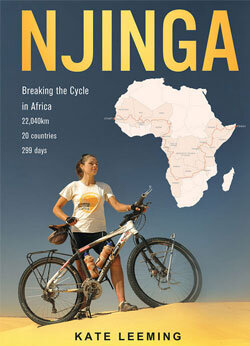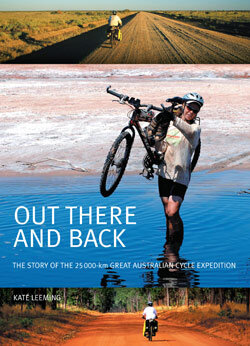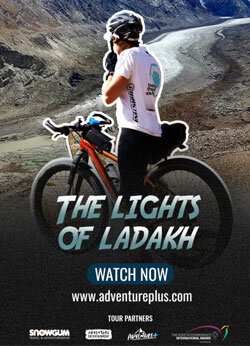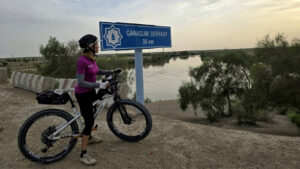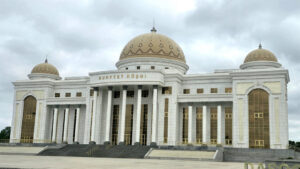Dates: 12th July – 22nd July
The Breakaways – 10km (cycling)
Total distance: 2496km
On my original plan, Coober Pedy was meant to be a pit stop with a maximum of three days off to rest and prepare for the next stage.
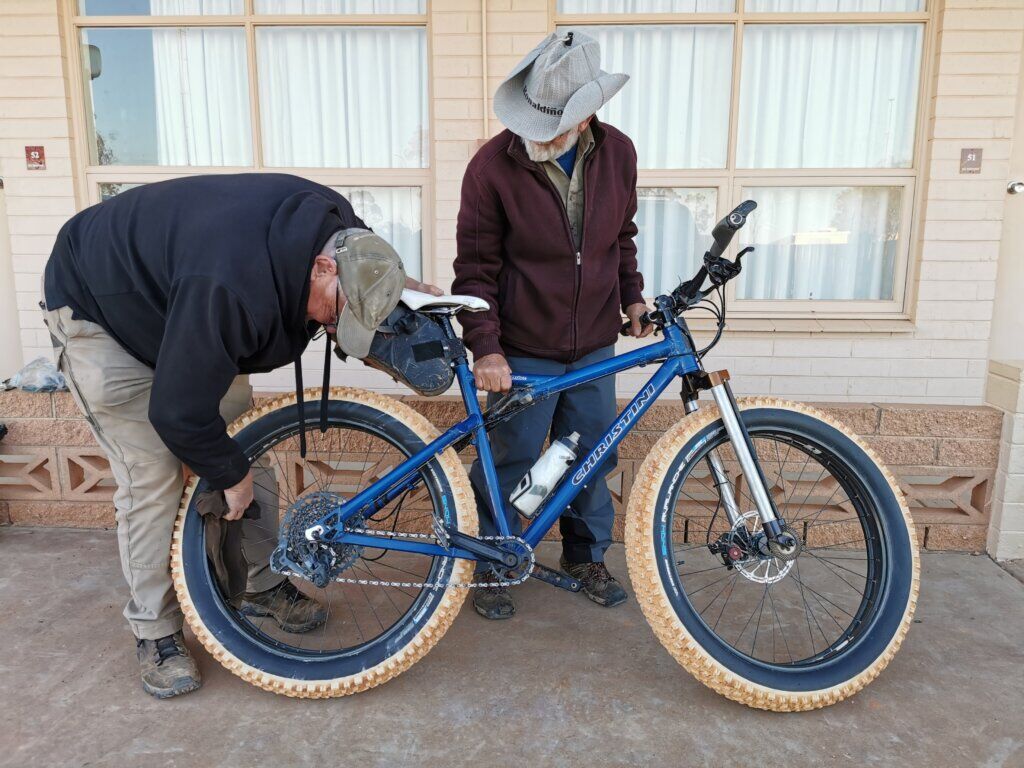
With the key support vehicle broken down and on its way by truck back to the mechanic, Martin and Sandra flew to Melbourne on the first Friday (14th), and Rick also decided to head off for a couple of weeks. That left Russell, Mark and myself in Coober Pedy for what we hoped would be no more than two weeks. Over the first ten days, we explored Coober Pedy pretty well, trying to make the most of our time.
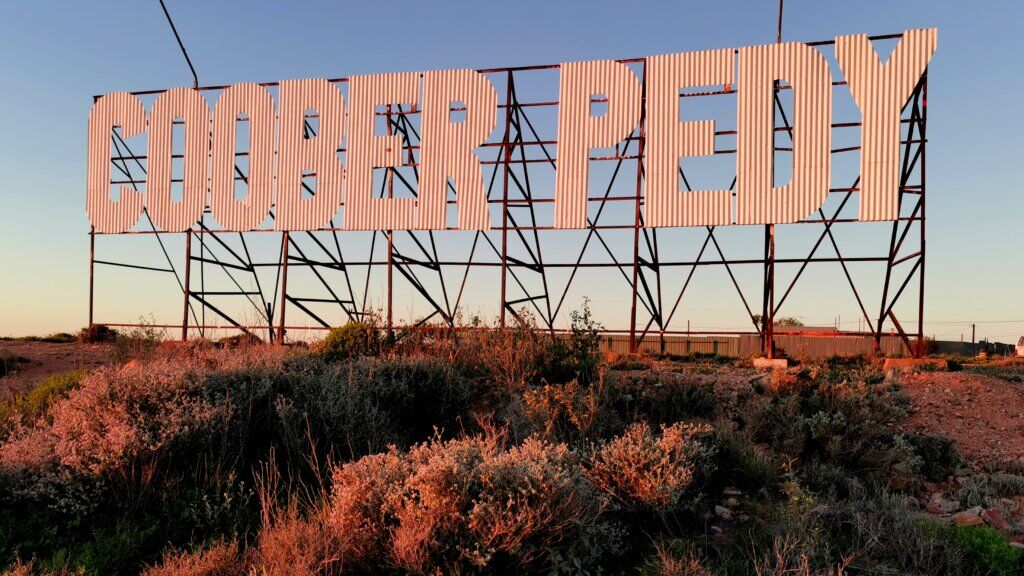
Coober Pedy is a multi-cultural town. On the first Friday we joined in on the weekly Greek community barbecue and met a friendly group of miners. One of the miners, Frank Tsianos invited us to his working opal mine.
On the next Monday morning, we met for coffee and then followed Frank and his business partner, George out passed the airport to their privately-owned mine. It was an incredible privilege.
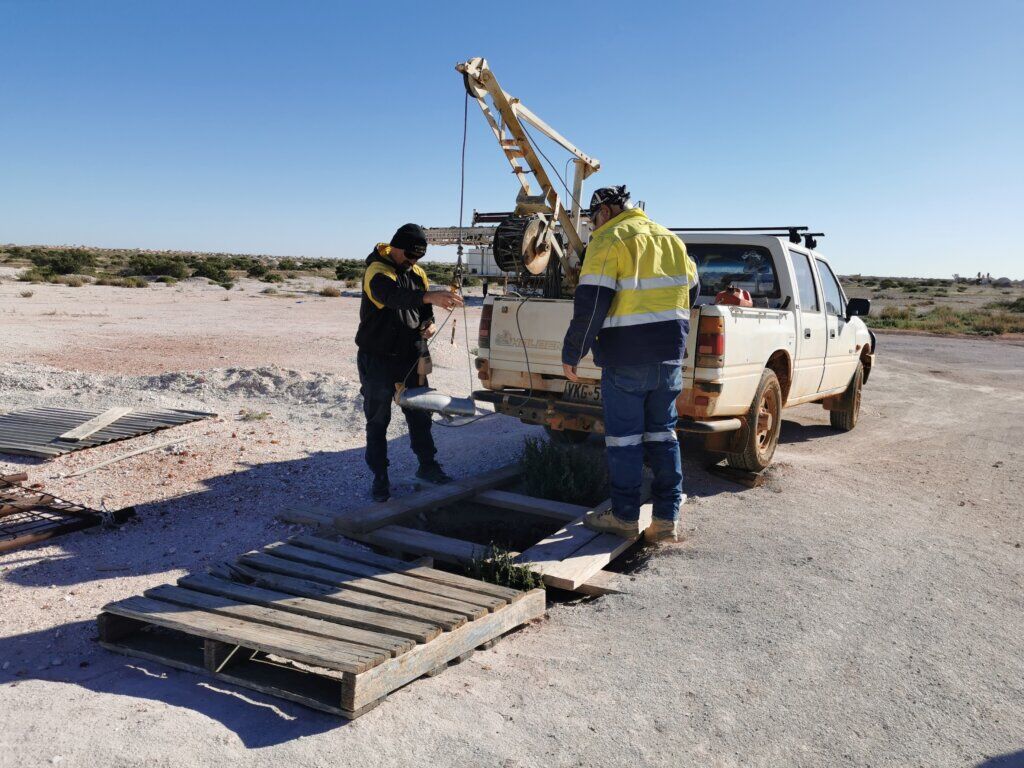
They backed up their utility with a winch on the tray to a small hole in the ground, probably a metre in diameter, and we lowered ourselves, one by one, down the 18-metre shaft.
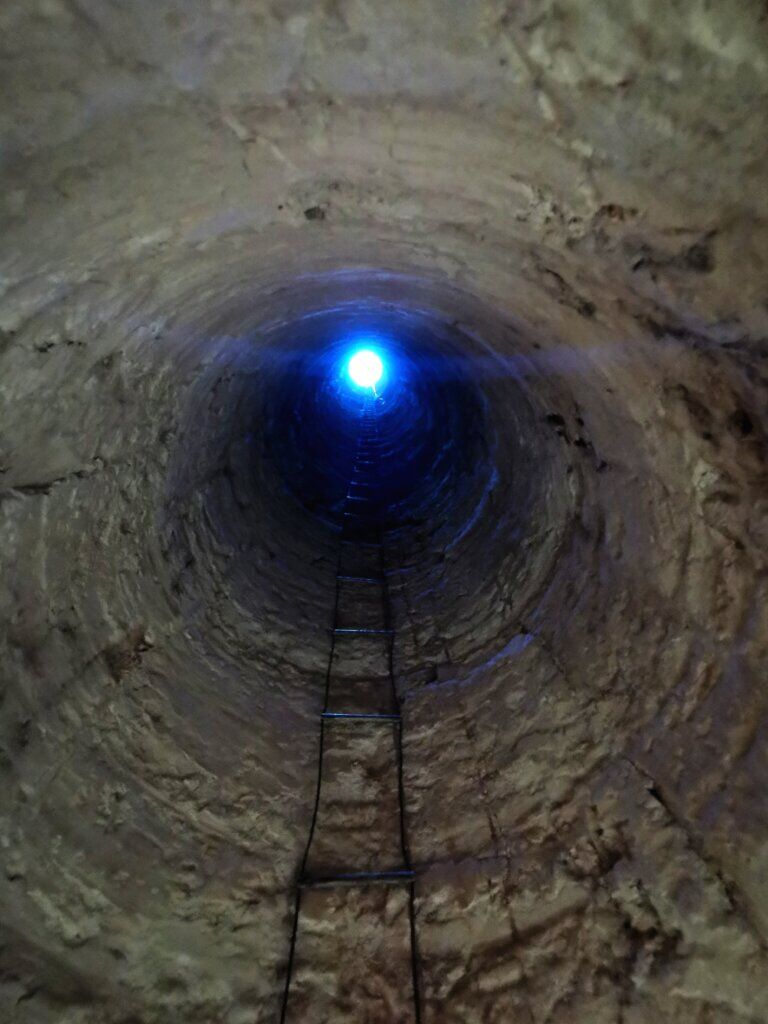
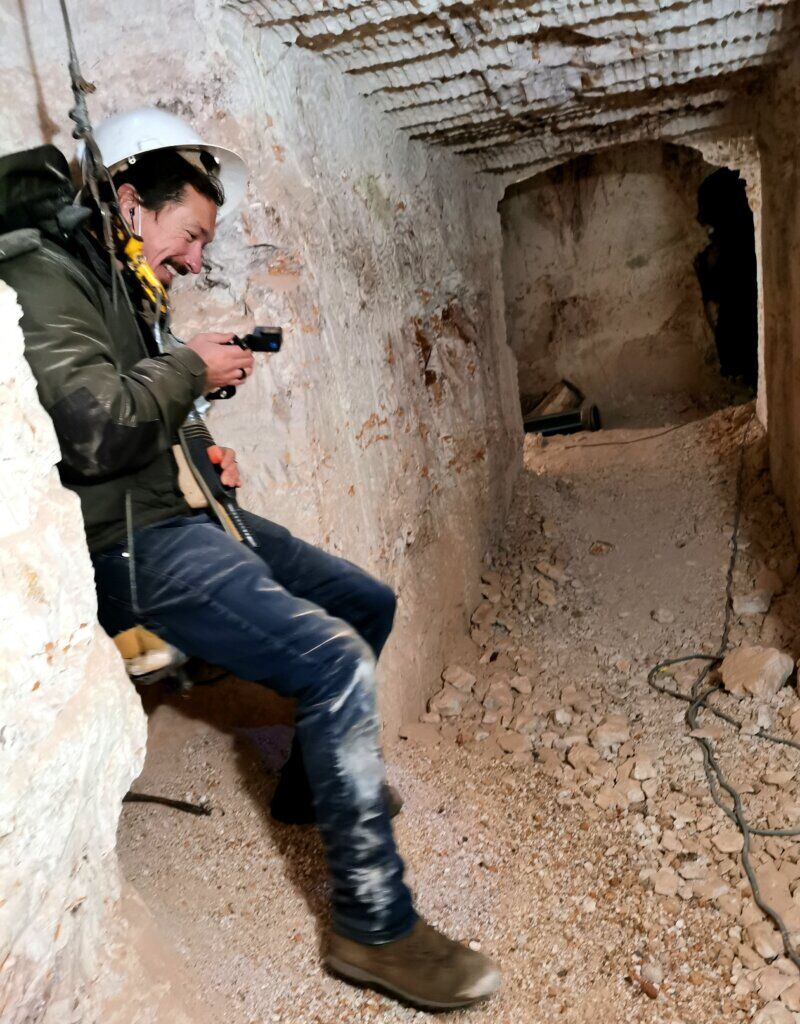
George and Frank were incredibly accommodating – passionate about mining opals and very articulate. They took us through the whole process; prospecting for opals, looking for seams in the rock using a “black light” (ultraviolet). Opals were mined using a larger drilling machine, a hand jackhammer drill and explosives, then extracted via a larger hole where the rock is sorted. They had only been working on their mine together for 18 months, but they had shifted a lot of rock, boring tunnels while following seams and “slides” in the rock – there were tunnels in all directions. Their biggest find to date was worth $70K, but they say that mining is an expensive business, especially to keep a diesel power generator running all day.
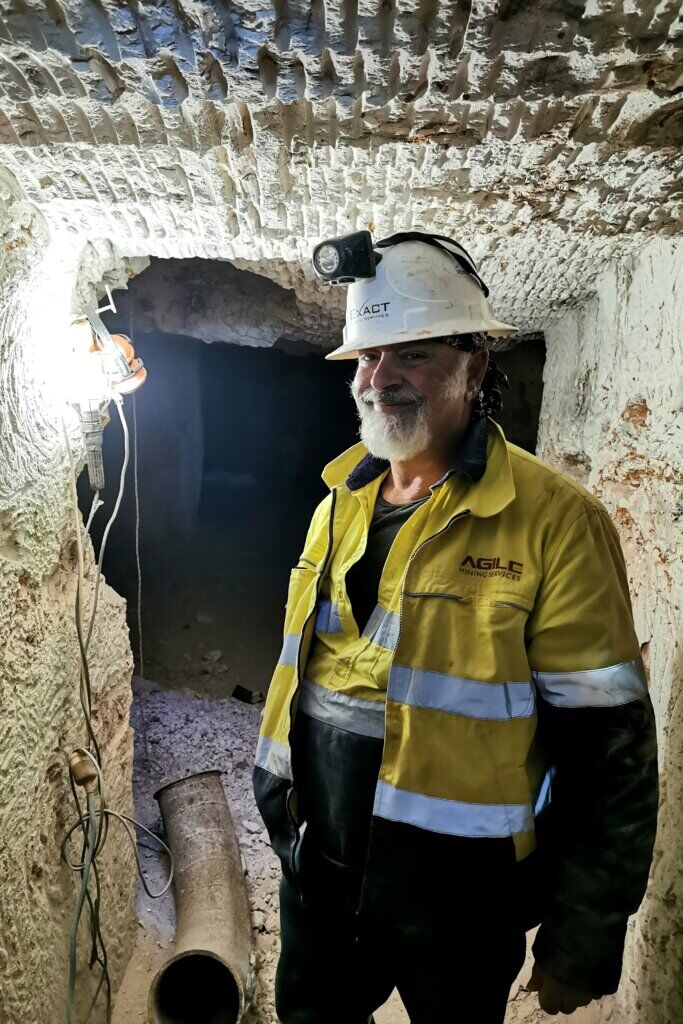
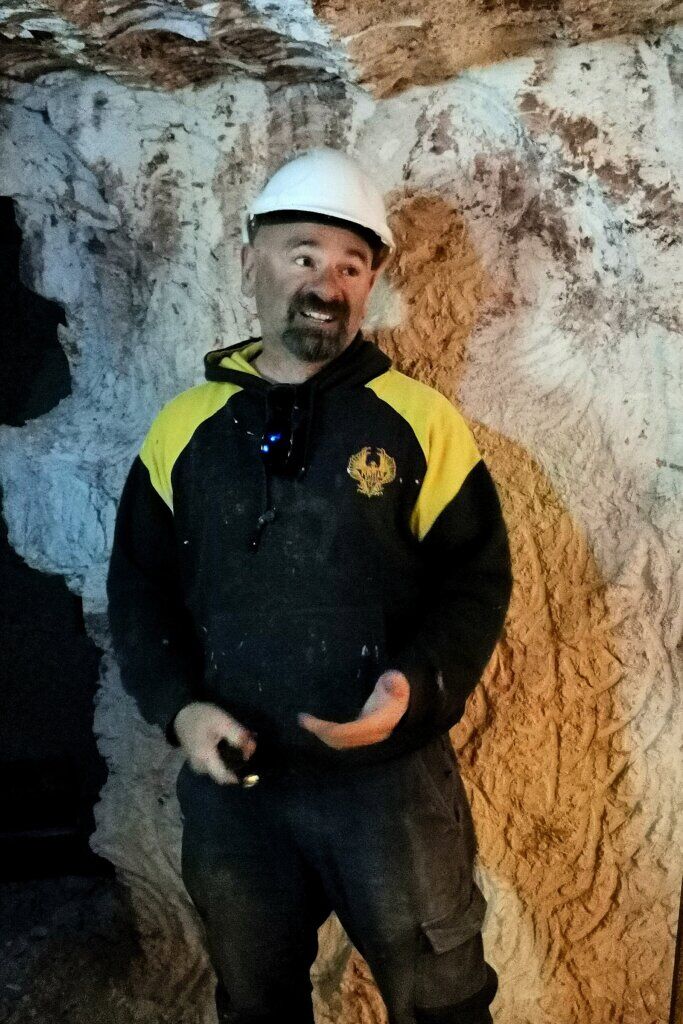
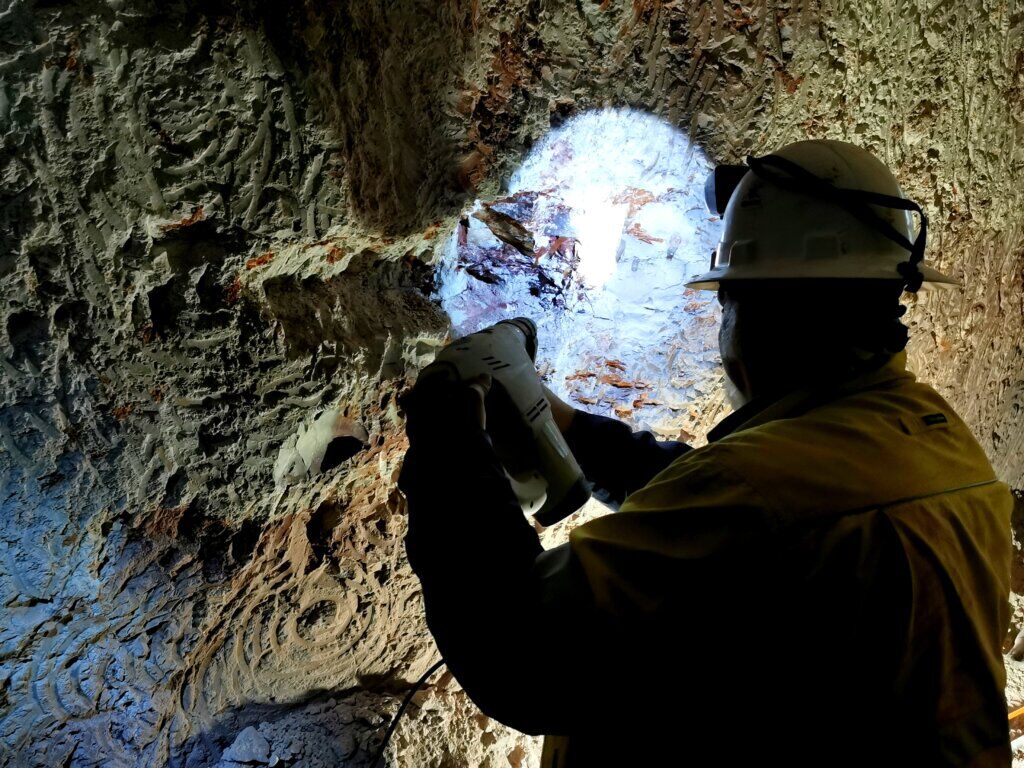
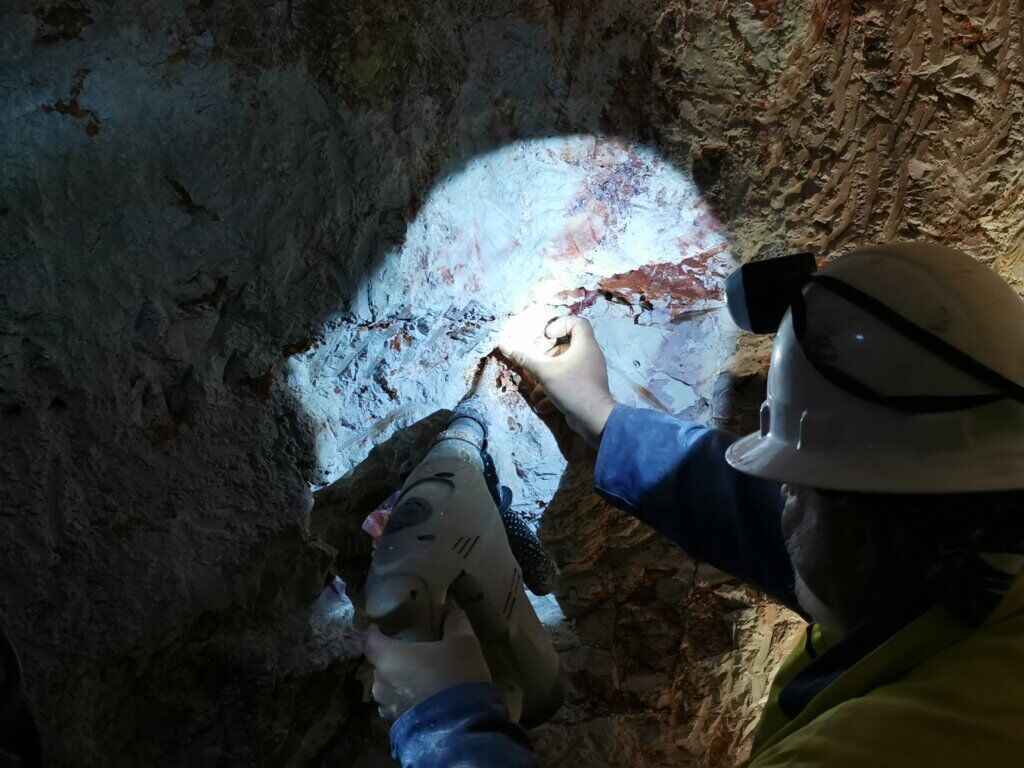
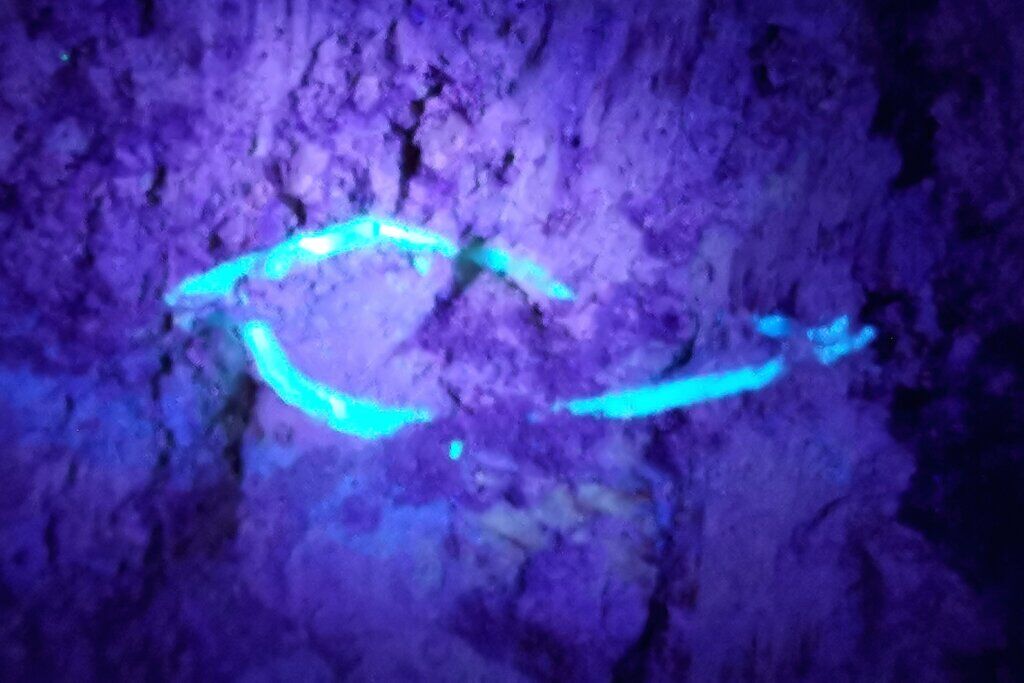
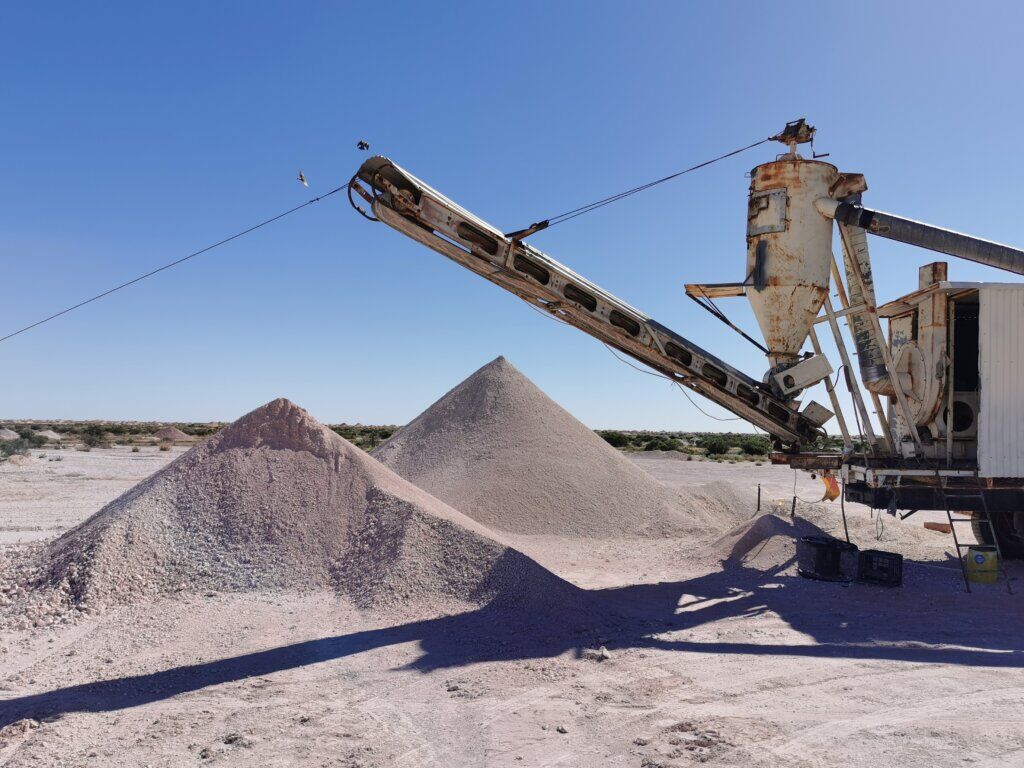
A couple of days later, Frank invited us to his dug-out home. It was a great opportunity to see how people traditionally live in Coober Pedy, without paying to see a tourist underground residence. Frank’s place was built by his father. Originally it was dug “by hand” using explosives and manually removing the rock. Then, in the 80’s it was extended using a boring machine to excavate a few new rooms for the family and a much larger living room. Growing up Frank didn’t live there full time but has recently moved back because he loves the lifestyle. There is certainly a special ambience in the underground buildings. The temperature inside tends to stay a constant 22-24 degrees Celsius, whether it be in the cold winter nights or 40C+ summer days.
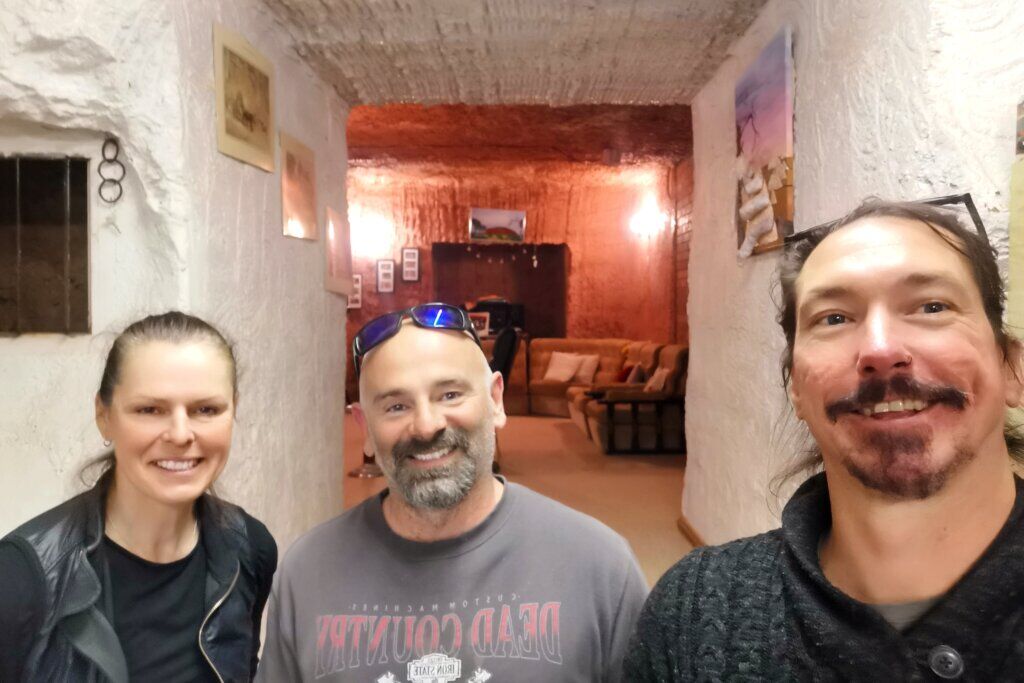
Keeping to the underground theme, we visited three churches – the St Peter and Paul Catholic church, the Catacomb Church (Anglican) and the Serbian Orthodox Church of Saint Elijah the Prophet. Most impressive was the Serbian Orthodox church, built in 1993 by community volunteers donating their time and mining expertise to excavate the church out of the side of a hill.

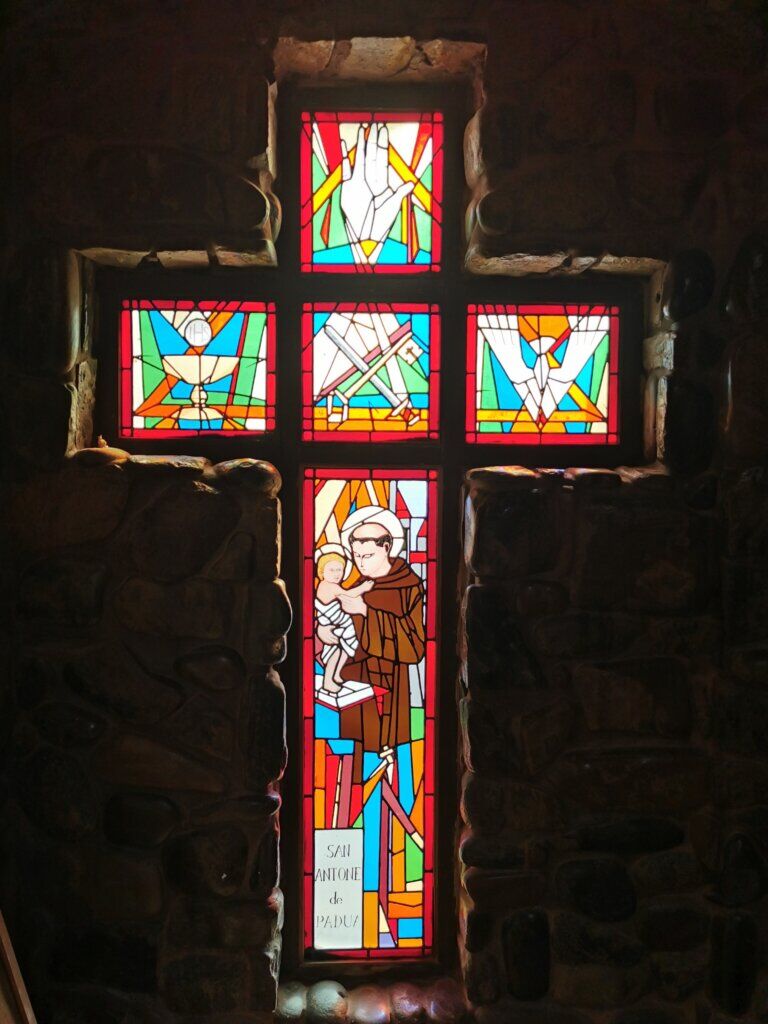
There are a few places in and around Coober Pedy that have been used as movie sets. We did a round trip out of town to visit firstly the Moon Plain – a treeless, plant less gibber plain. Normally there is no green at all, but after the recent rains, there were a few specks of green. The highlight of our outing were the Kanku-Breakaways, magnificent eroding hills that have exposed the red, yellow, brown and white ochres in the rocks. The mesas and buttes were spectacular – no wonder the place is protected by the local Aboriginal people. I rode 10km through the landscape to the sunset lookout.
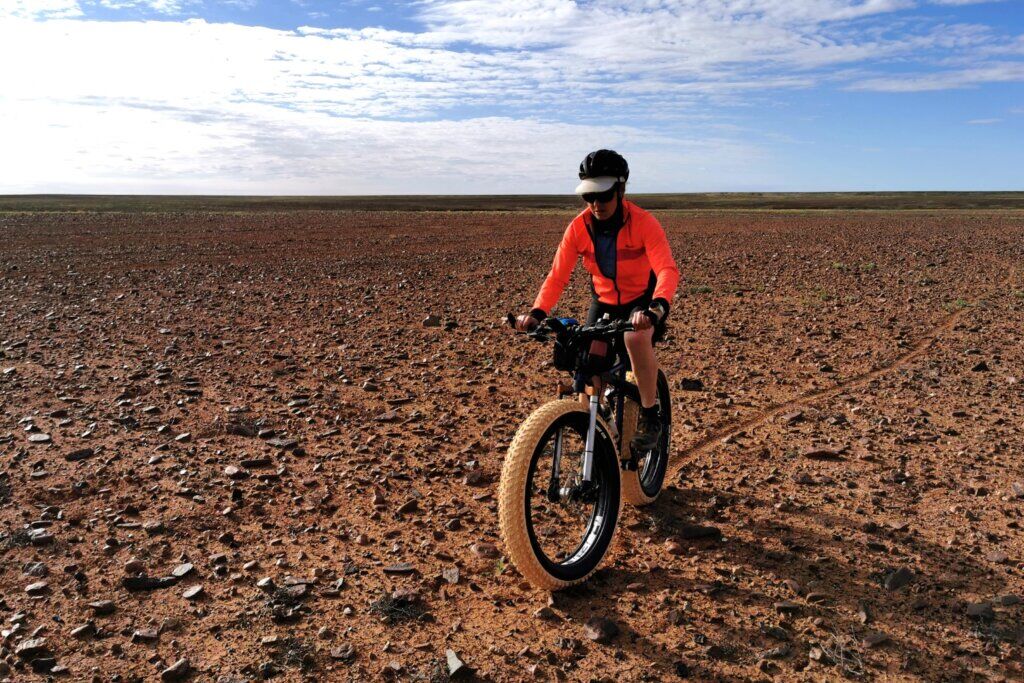
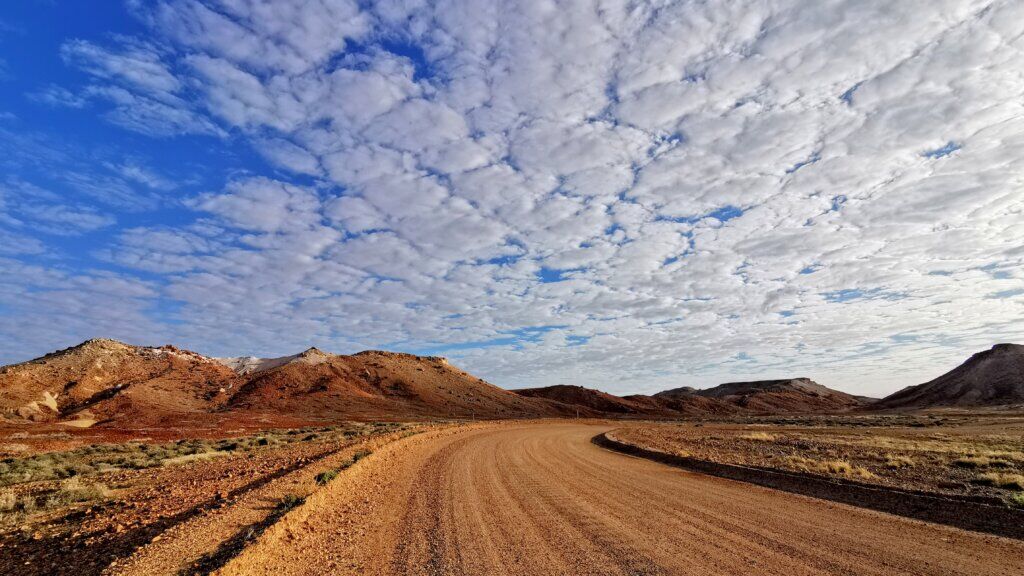
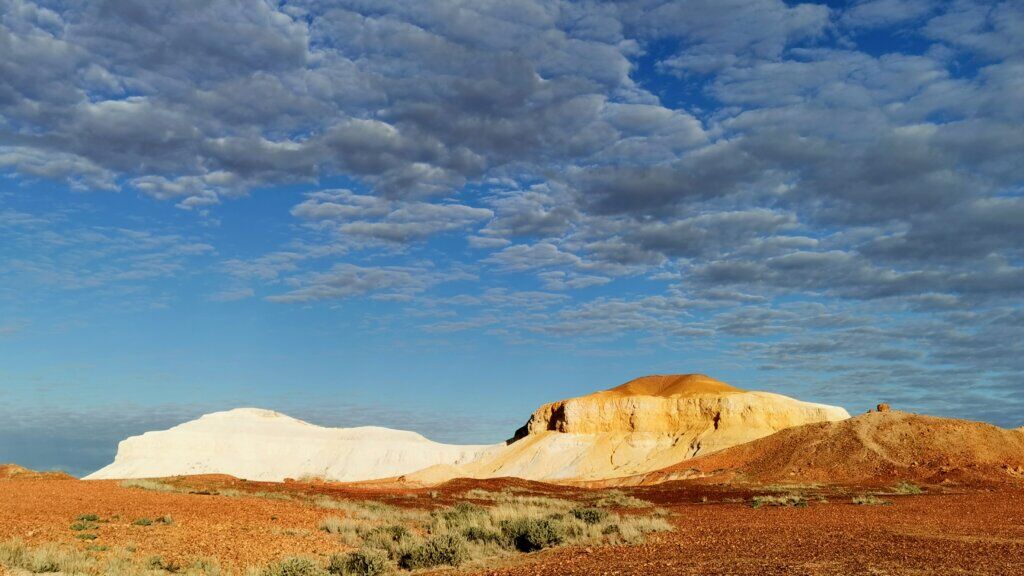
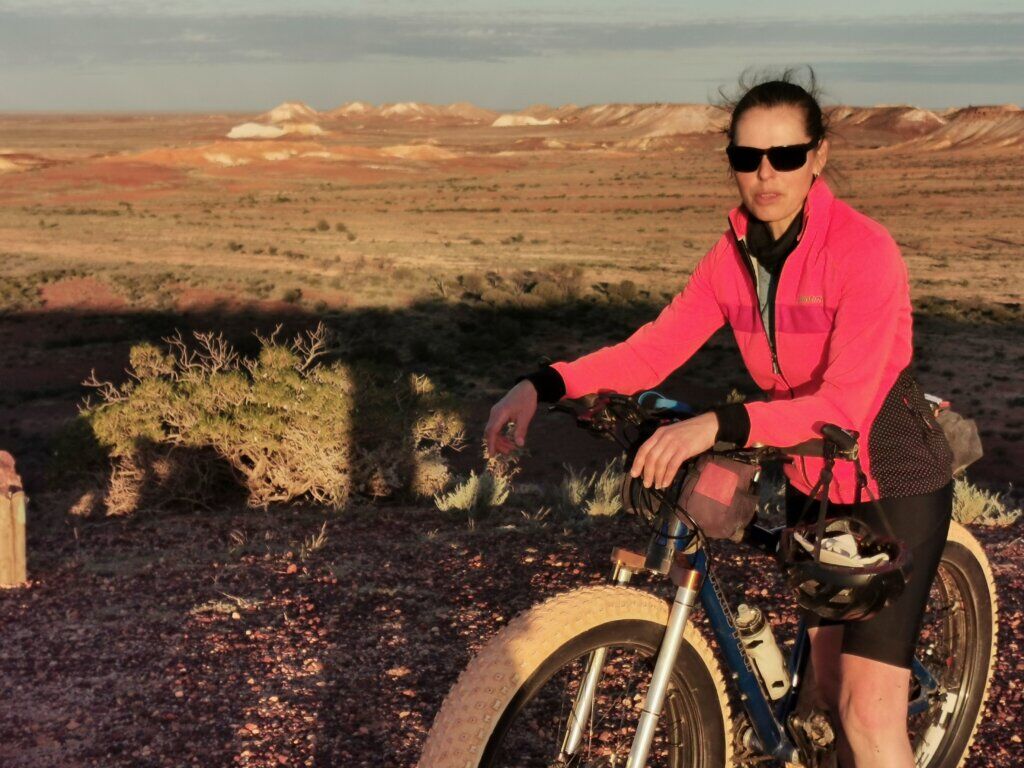
Scenes from Mad Max Beyond Thunderdome were filmed at the Moon Plain, the Kanku-Breakaways and a weird place called Crocodile Harry’s Nest.
The rest of my time was spent applying for permits for the route ahead, trying to organise and reschedule key parts of the journey – it’s not straight forward as there are a lot of moving parts to fit with the moving dates.
Last Friday we received more frustrating news. The mechanic was ready with what they thought was the correct new part for Martin and Sandra’s vehicle, but when he looked inside the differential (which was full of water!), the gear ratio was different to the ratio written on the outside of the part. There were no replacements available anywhere in the country and the correct part has had to be sent from the USA! This means another delay of about six days, if all goes to plan.
I have decided to do an extra ride that I think will really add to the story, rejoining the line of my journey from William Creek, cycling up the Oodnadatta Track, about 400km to Dalhousie Springs. That’s the next blog.
